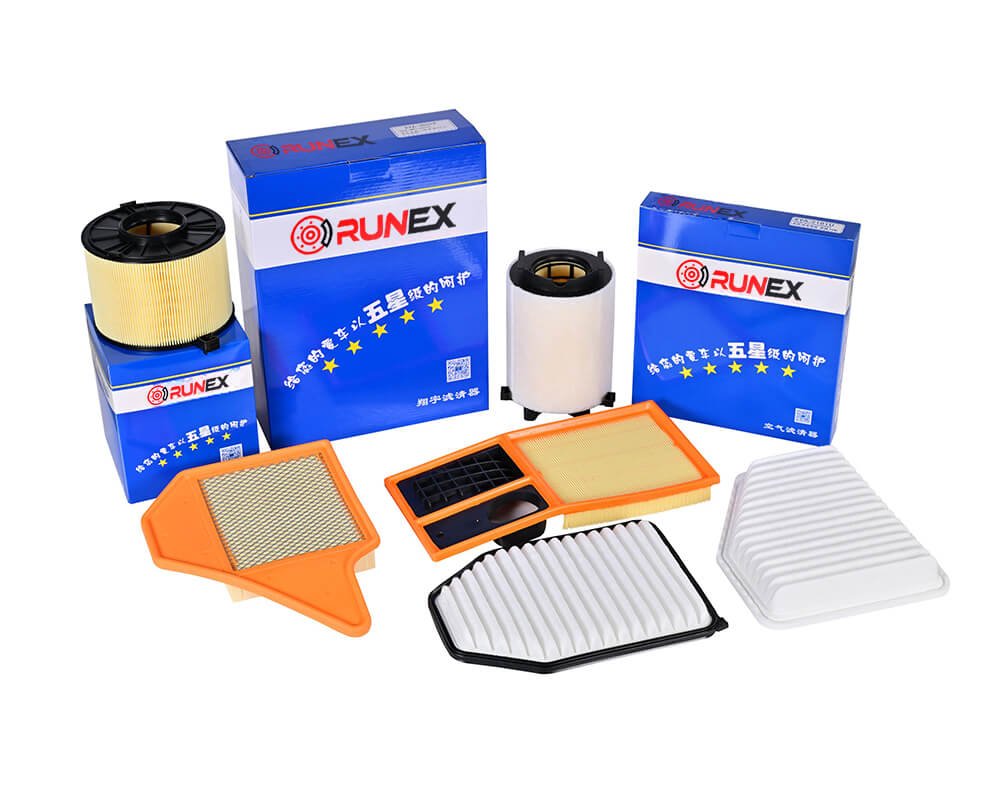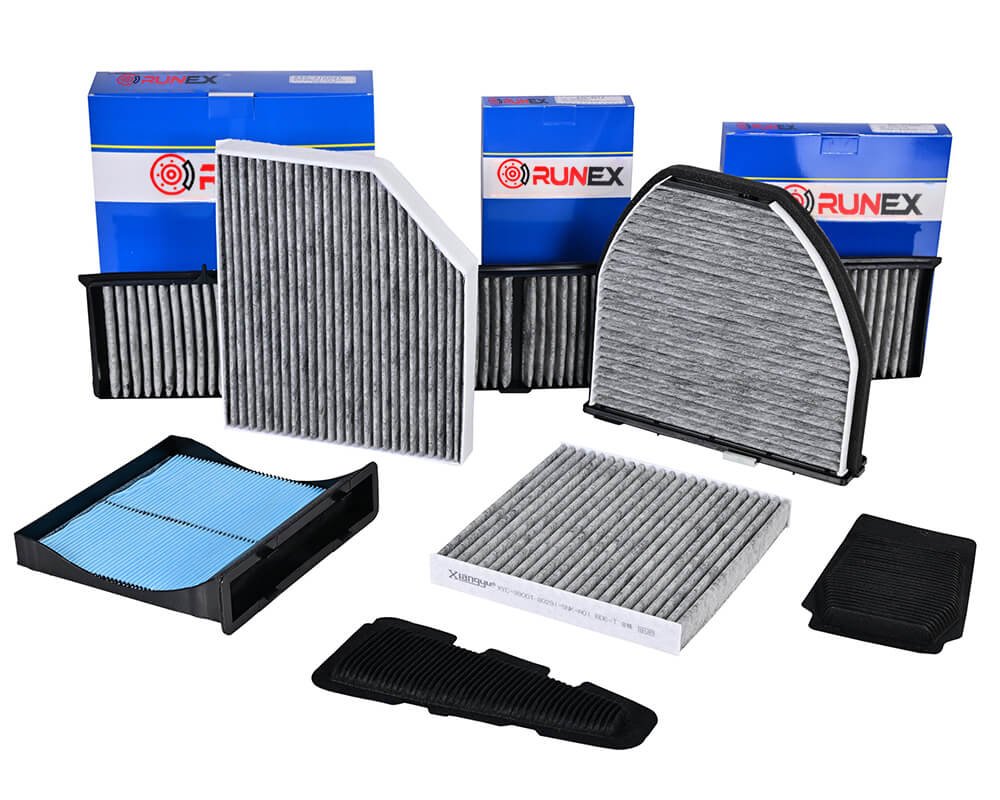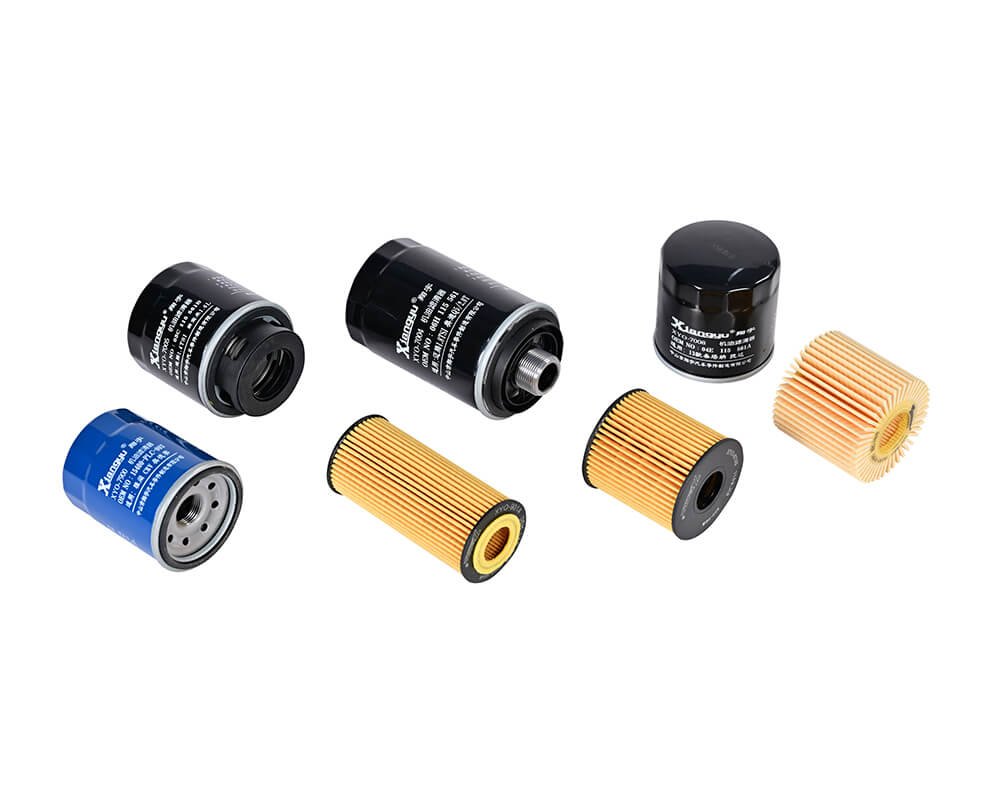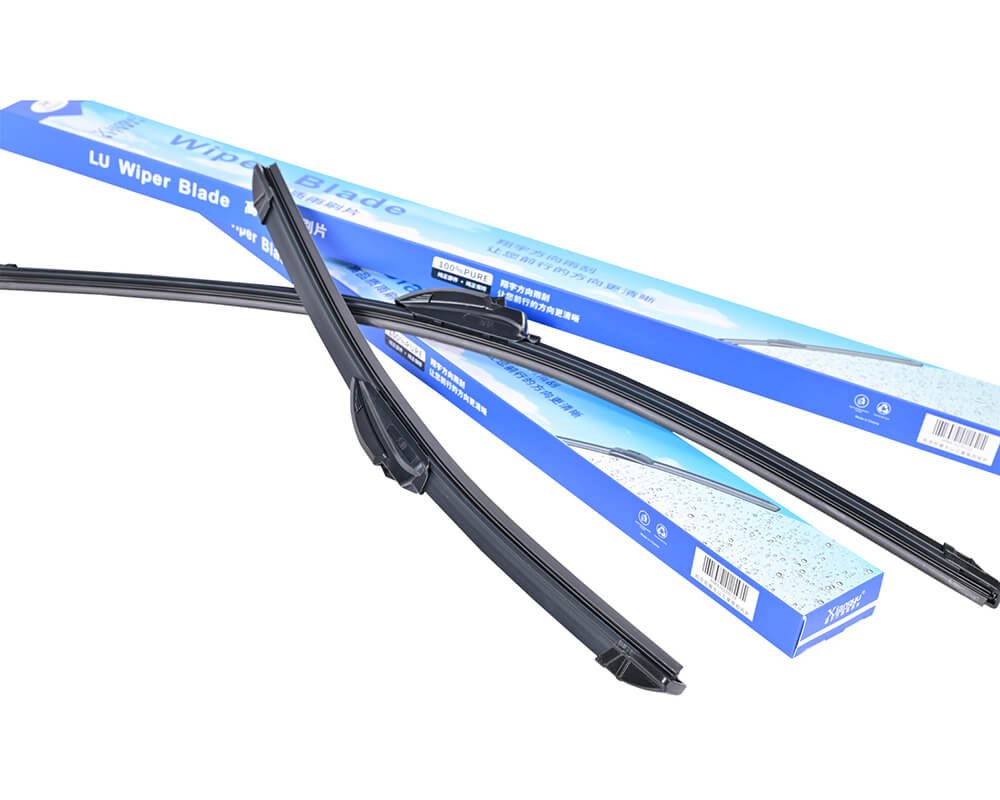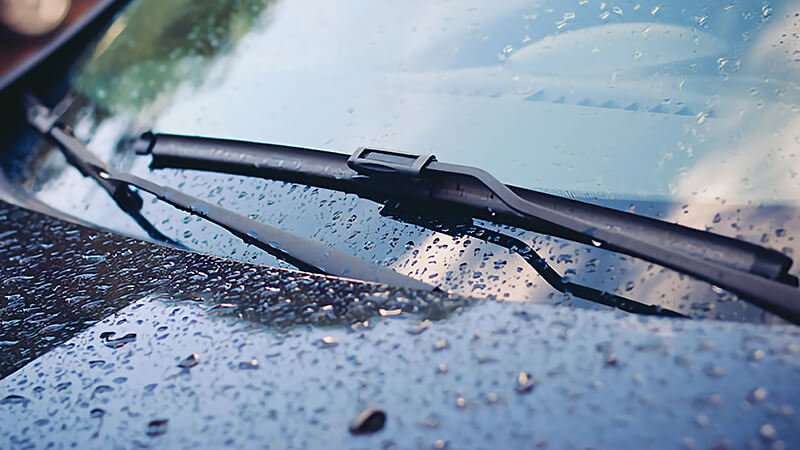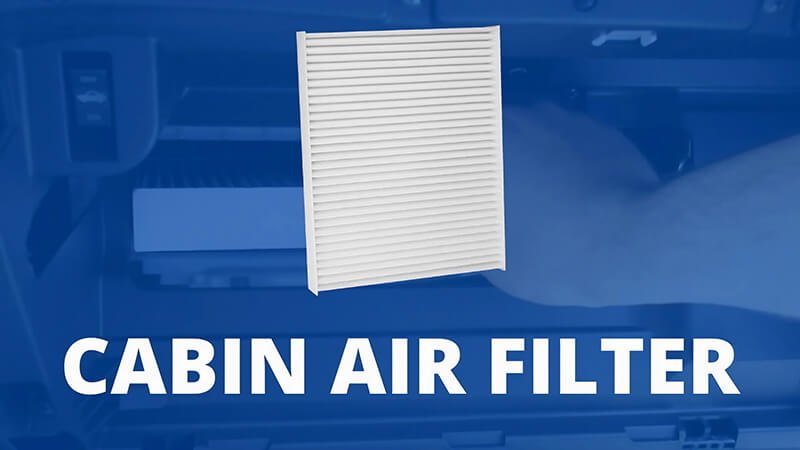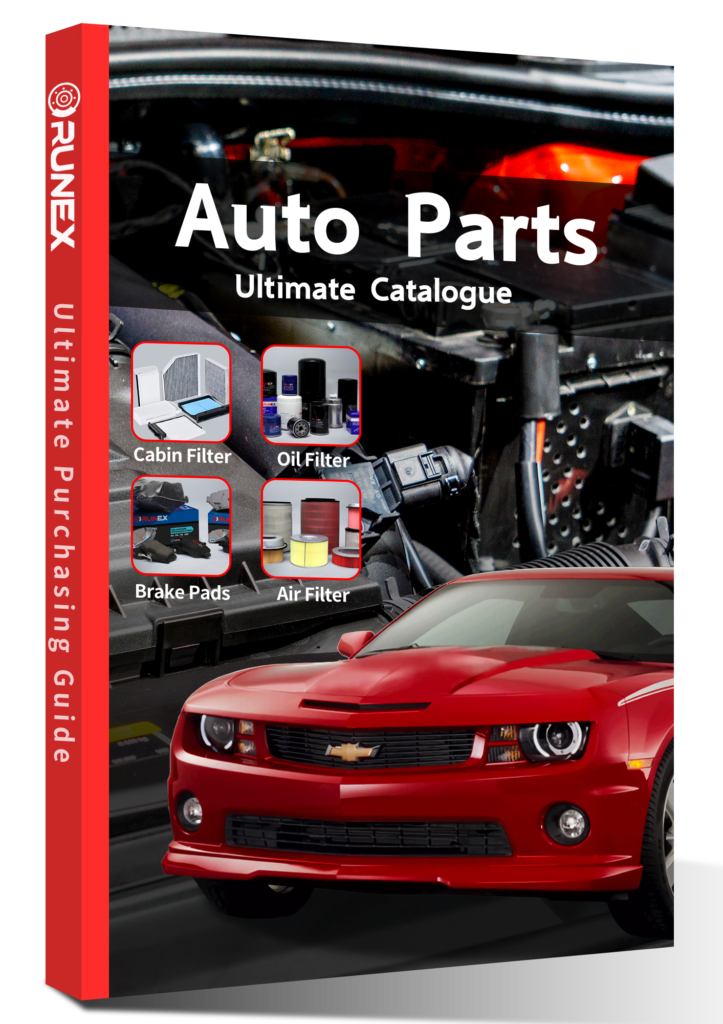Many workshops mix new pads with old calipers to save time. The problem then moves from the bill to the road. I have seen the brake pedal sink on the first test drive.
Old calipers can only work with new rotors and pads when the pistons, seals, and slide pins move freely and keep even pressure. If any part drags, braking force drops, pads wear fast, and noise grows.
The whole brake set acts like the HVAC path that runs through a cabin filter. When one part clogs, the rest can no longer breathe or bite. Below I answer each common question in depth and add data from fleets that use Runex parts every day.

Do you need to replace calipers when replacing brake pads?
Brake buyers chase high‑friction numbers on the box. They ignore the caliper that must squeeze those pads. I have watched that shortcut create comebacks and kill margins.
You do not always need new calipers with new pads, but you must strip and test every piston, boot, and pin. Any leak or stick means rebuild or replace, because a dragging piston turns fresh pads into dust before 10 000 km.
Why calipers fail after pad swaps
When you push the piston back to fit thick pads, you twist dry seals. That twist forms a tiny roll. On the road that roll grips the bore wall and leaves the pad half‑pressed. Heat builds at that one spot. It cooks the resin in the pad, the same way a clogged cabin filter cooks the blower motor.
The hydraulic balance and clean‑air parallel
| Factor | Cabin Filter View | Caliper View | If Ignored |
|---|---|---|---|
| Flow Resistance | Deep pleats drop flow | Sticky piston drags | Uneven cooling Uneven wear |
| Contamination | Dust blocks media | Rust scores bore | Airflow loss Fluid leak |
| Media / Seal Age | Fibers go brittle | Seal rubber hardens | Odor / Pull |
Service steps that stop comebacks
1. Bench‑flush the caliper
I load a 100 ml syringe of fresh DOT 4 and push fluid through the bleed screw. If I see dark flakes, the bore has rust pits. I bin that unit. A syringe and cloth cost less than the first comeback.
2. Polish slide pins
I use a nylon wheel on a drill, fifteen seconds per pin. Then I coat with silicone grease that keeps water out longer than lithium grease. Simple, direct, cheap.
3. Measure seal shore hardness
A pocket durometer costs £80. New seals read 60–65 A. Anything above 75 A no longer flexes. Replace. It takes less time than writing a credit memo later.
Table: Cost vs Payback
| Action | Parts Cost (per wheel) | Labour (min) | Savings vs first comeback |
|---|---|---|---|
| Replace caliper1 | £35 | 20 | Saves 1‑2 hours repeat labour |
| Rebuild kit | £10 | 40 | Saves 1 hour repeat labour |
| Ignore | £0 | 0 | Costs 2 hours repeat labour + pads |
My London courier fleet proved the math. They ran new ceramic pads with 12‑year‑old calipers. After two months, taper wear hit 4 mm. They paid twice: new pads and lost route time. A £35 caliper would have fixed it first time.

Can I use old rotors with new brake pads?
Reusing rotors feels thrifty. The lathe skims off a millimetre, the rotor looks clean. But metal memory and heat history stay inside.
Rotors can stay only when they keep enough thickness, runout, and hardness after a full dial‑gauge test. If they are thin, warped, or glazed, they cancel the grip and fade resistance of new pads, just like a dirty cabin filter cancels new refrigerant.
Heat paths and hardness loss
At 90 mph a red‑hot pad drinks 30 kW of kinetic energy1 per stop. A thin rotor saturates. Metal over 450 °C drops hardness by 20 %. That drop lets the pad bite into soft spots and creates “cementite hard spots” beside them. Vibration starts.
Runout chain reaction
| Rotor Fault | Direct Effect | Caliper Result | Pad Result |
|---|---|---|---|
| > 0.05 mm Runout | Pad slaps twice each rev | Boot stretches | Edge wear |
| Thin beyond spec | High peak temp | Grease cooks | Pad crumbles |
| Hard spots | Uneven friction | Piston chatters | Glazing |
Measuring with simple tools
Dial gauge test
Zero the gauge at one spot. Rotate the rotor. If the needle swings over 0.05 mm, bin the rotor. I teach techs to feel with a phone light: bright lines mean high spots, dark rings mean low spots—exact like air streaks in a dirty filter.
Surface hardness scratch test
Drag a tungsten scribe across the disc. A soft rotor lets the scribe bite. A good rotor resists. The whole step takes 5 s. It saves returns.
Table: Replace vs Resurface
| Choice | Parts Cost | Machine Time | Risk of Comeback |
|---|---|---|---|
| Replace with Runex | £28 | 0 min | 2 % |
| Resurface | £12 | 15 min | 15 % |
| Leave as‑is | £0 | 0 min | 40 % |
I advise replace. The labour you skip covers the metal you buy.

Can I reuse brake calipers?
Some mechanics treat calipers like engine blocks: lifetime parts. Yet seals see more cycles than rings. Each brake press flexes rubber 1 mm. After a million presses, rubber ages.
Calipers can be reused if, after full teardown, the bores show no pits, the seals stay soft, and pins glide with zero notch. Any leak, rust, or drag turns the caliper into a brake shoe for your pad, chewing money fast.
Why seals age faster than pads
Absorption cycle
Glycol fluid attracts water1. Water corrodes the cup wall, etches chrome, and stiffens rubber. Pad changes push the piston past the rust ring. That eats the seal lip, just like salt eats filter gasket foam.
Temperature cycle
Seals see −20 °C overnight and 150 °C in stop‑go traffic. That swing kills elastomers. Cabin filter frames stay inside a mild dash at 30 °C. The brake seal lives harder.
Decision flow
| Check | Pass Action | Fail Action |
|---|---|---|
| Piston bore mirror | Clean and grease | Replace caliper |
| Seal Shore < 70A2 | Re‑fit | Kit/Replace |
| Pin fits glove‑tight | Grease | Replace bracket |
| Boot elastic | Keep | Replace boot |
Burn‑in story
A German taxi firm tried silicone grease on guide pins for longer life. Six months later, pins seized. Silicone swelled the rubber boots. Now they use Runex fluorinated grease3. Pin force stayed within 15 N for 50 000 km. Tiny details matter.
Table: Rebuild vs Replace vs Ignore
| Option | Total cost (parts + labour) | Predicted pad life | Warranty claim rate |
|---|---|---|---|
| Replace | £55 | 45 000 km | 3 % |
| Rebuild | £35 | 40 000 km | 6 % |
| Ignore | £0 | 20 000 km | 22 % |
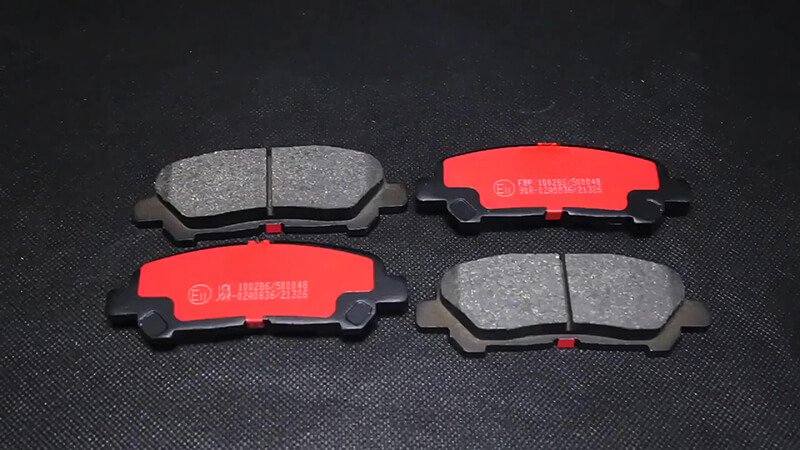
Can bad rotors mess up calipers?
One bad disc spoils three other parts. Warped rotors force the pad to oscillate. That push and pull works the piston and seal like a stress tester.
Bad rotors damage calipers because vibration stretches seals, heat cooks grease, and metal dust scores bores. The process copies a clogged cabin filter that makes the blower overheat and seize. Fix rotors early, save the caliper later.
Vibration path to failure
Lateral runout1 → Piston micro‑stroke
At 60 mph, 0.1 mm runout moves the piston back 50 µm every wheel turn. That is 1 000 strokes each minute. The seal twists, then tears.
Surface hotspot2 → Grease decay
Hard spots heat to 500 °C in a panic stop. Heat travels to the bracket. Grease thin‑films at 250 °C. It evaporates. Pins run dry.
Metal dust3 → Bore scoring
Soft rotor metal dust mixes with pad resin. Dust sticks to the piston skirt. Next brake press drags that dust into the seal groove and cuts a line. Fluid escapes.
Table: Symptom Chain
| Rotor Fault | Immediate Effect | Caliper Damage | Outcome |
|---|---|---|---|
| Runout 0.1 mm | Pedal pulsation | Seal fatigue | Fluid seep |
| TV 0.05 mm | Steering shake | Pin hammer | Taper wear |
| Hotspots | Squeal | Grease boil | Pin seizure |
Prevention schedule
| Mileage / Time | Rotor Action | Caliper Action | Cabin Filter Action |
|---|---|---|---|
| Every 20 000 km | Measure runout | Check pin torque | Replace filter |
| Every pad change | Replace rotor | Flush fluid | Inspect blower |
| Every 2 years | Replace fluid | Replace seals | Disinfect HVAC |
Many shops run an A‑service / B‑service menu. I embed rotor runout check in A‑service, seal hardness check in B‑service. That keeps the cycle simple.
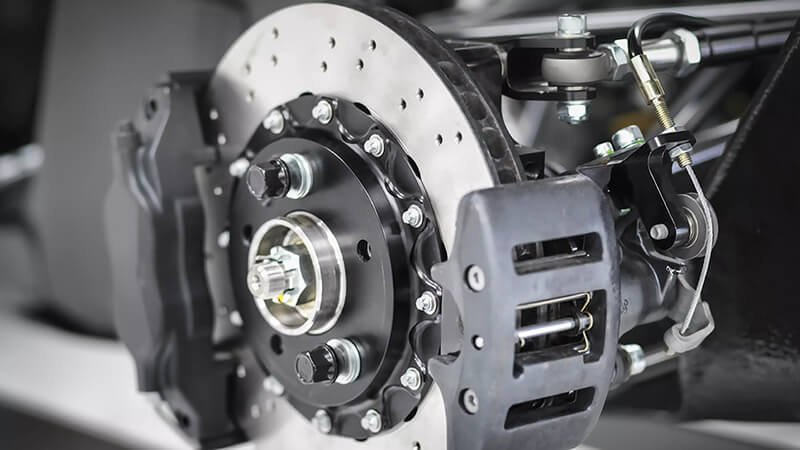
Conclusion
A brake system breathes fluid the way a cabin filter breathes air. When any part blocks or drags, the chain breaks. Old calipers can stay only when they move as smoothly as new ones. Thin or warped rotors kill seals fast. My field tests and customer data show that pairing fresh pads with healthy rotors and calipers doubles pad life and halves warranty claims. Stick to simple checks, replace parts before failure, and you keep every mile safe. That is how Runex Auto 4 promotes quality and delivers confidence.
-
Understanding caliper issues can help prevent costly repairs and ensure vehicle safety. Explore this link for detailed insights. ↩ ↩ ↩ ↩
-
Understanding kinetic energy is crucial for grasping how braking systems dissipate energy and manage heat effectively. ↩ ↩
-
Understanding how glycol fluid affects brake seals can help in maintaining vehicle safety and performance. ↩ ↩
-
If you are looking for brakes padss, clicking this link to get all what you want to know. ↩



